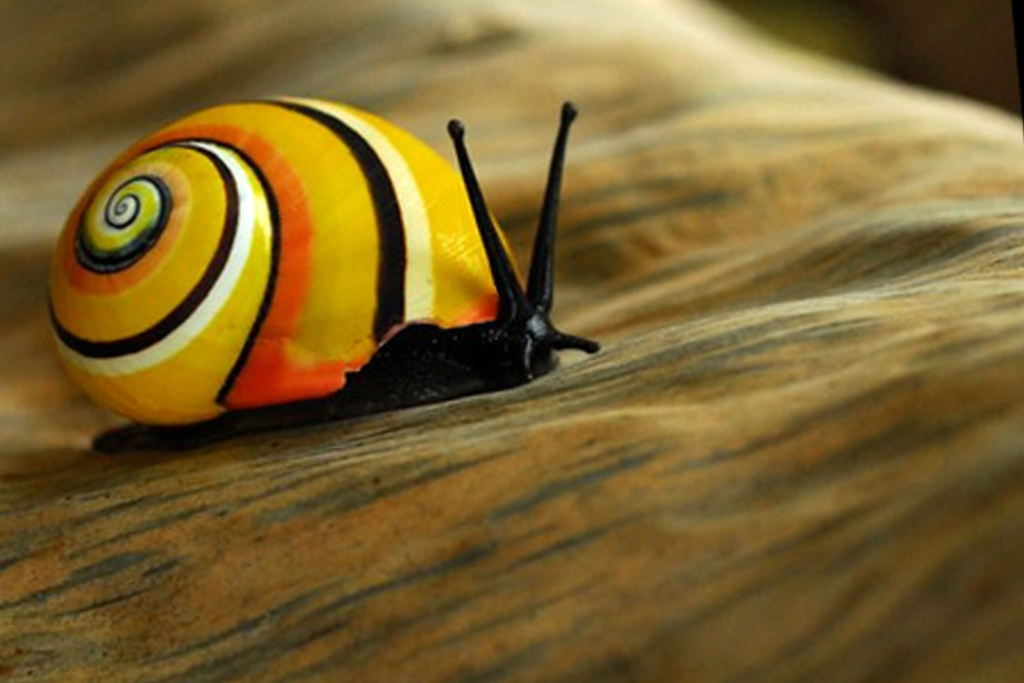Cuba is a country known for many things. It is a country known for its beaches, its rum, its music and its cigars. However, what isn’t popularly known is the fact that Cuba has the largest biodiversity of snails in the world.
This island has the only painted snail in the world called the polymita. Many biologists regard the snail as one of the most beautiful invertebrates in the world. Its shell has a spiral of colours that include peach, lemon-lime, vermillion, blood orange, red ochre, and pink. It is no surprise why many biology enthusiasts highly regard the polymita.
However, the snail may not be in our world for long.
If they do depart our world, there are enormous consequences for Cuba and the rest of the world, which is why many feel attention should be drawn to this precious invertebrate.
Why should we care for the polymita?
This beautiful invertebrate is becoming critically endangered. According to Cuban wildlife researchers, the illegal wildlife trade has pushed the six species of the polymita to this point. Between 2012 and 2016, the Cuba customs department made 15 seizures totalling more than 23,000 painted snail shells going to the United States. Despite such a ban on trading these snail shells, it hasn’t stopped wildlife traders from selling these shells. Due to the polymita’s slow and inactiveness, it is why we see such an animal being exploited by the illegal wildlife trade.
Climate change has also played a part in why the snails are becoming more vulnerable within their surroundings. Because of warmer temperatures and droughts, it has made the vegetation that snails use to survive uninviting. One study alone found that climate change could eliminate two of the polymita species’ essential habitat by 2050.
An animal as small as a snail should be a worry for all of us, especially when you look at how this snail plays a prominent role for the island.
The polymita usually resides in the trees along the east coast of the country. These snails eat a lot of the moss and lichen within these trees, and these two minerals are the source of the polymita’s vibrant colours. The snail eating this vegetation helps keep the trees in this country healthy and for these plants not to die out. Specifically, snails eat trees which are on coffee farms, and this commodity, in particular, plays a considerable role in the Cuban economy. Keeping the trees healthy on these farms allows coffee to thrive for this country, thanks to the polymita. Not just that, but the role of the polymita can help coffee be exported to other countries in the world. These countries include Japan, France, Germany, Canada, New Zealand and even the United Kingdom. In that sense, the polymita plays a big part in Cuba’s agriculture and everyone else in the world.
These snails also play a role in the Cuban animal food chain. For example, the polymita feeds the endangered Cuban kite and other animals based on this island. If the polymita goes extinct, it can affect the Cuban farmers and the animal food chains. The polymita could play a role in tourism due to the snail only living on this island. Cuba has the opportunity to have a market on these snails regarding tourism, as wildlife enthusiasts would have to visit Cuba to see such a snail.
Despite its size, the polymita plays a pivotal role in Cuba and everywhere else in the world.

What is happening now?
Wildlife biologists on the island are trying to educate people on the importance of the polymita. These people include farmers, Cuban citizens and tourists visiting the country. Biologists are also hopeful of a breeding program for these snails to increase the population of these snails. Doing so will help these snails not become as exposed to poaching and climate change. The breeding program could also benefit farmers, animal food chains and tourism.
There are things about the polymita that are not even known to wildlife biologists, which is why by establishing a breeding program, they hope to discover things that they have not been found before. Biologists do not know how many polymitas are in Cuba or if biologists have discovered all of the polymitas. Those in nature that have bright colour displays typically have these to show toxicity or to attract males. Yet, the purpose behind why the polymita has a painted shell is unknown. Having a breading program could better understand this unique snail and why we should be interested in this invertebrate.
How does the polymita affect us?
The polymita proves that you do not have to be the biggest thing in the world to impact a particular country or even the world. Something as small as a snail can have that impact.
The polymita changes the way we view endangerment as we can no longer assume that endangerment applies to tigers, wolves, or giraffes. Endangerment applies to all animals, no matter their shape or size.
In the environmental context, as much as eating less meat, using less plastic and reducing carbon emissions play a part in reducing climate change, animals such as the polymita could be playing more of a role. Maybe the big and radical solutions are not the future, and instead, the more minor solutions are potentially the future.
While we ponder on these ideas, what is for sure is that now is time to protect things as small as snails at all costs.


